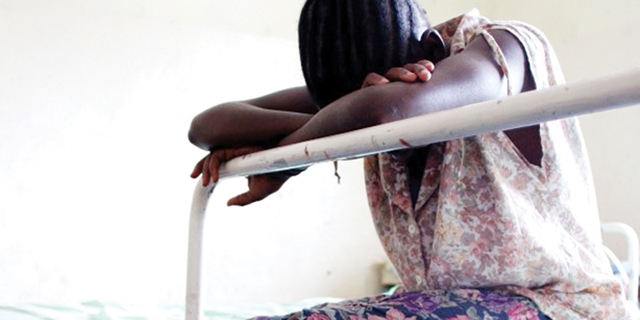Editorial Comment: Extension of Dimaf repayment period welcome

 Experience has taught us that some conditions of lending under the Distressed Industries and Marginalised Areas Fund (Dimaf), a facility designed to revive struggling companies, were unfit for purpose.The government and its partner in the initiative, Old Mutual, had good intentions when they launched the loan facility in 2010; but it has transpired that some of the requirements they subjected applicants to were too strict for the targeted companies.
Experience has taught us that some conditions of lending under the Distressed Industries and Marginalised Areas Fund (Dimaf), a facility designed to revive struggling companies, were unfit for purpose.The government and its partner in the initiative, Old Mutual, had good intentions when they launched the loan facility in 2010; but it has transpired that some of the requirements they subjected applicants to were too strict for the targeted companies.
Yes we appreciate that Old Mutual, a commercial enterprise that is geared for profit through and through would not fund a project that clearly would be unable to repay the loan, but they and the government should have recognised that the reason why some firms looked lost causes was because of lack of capital and the reason why such capital had to be made available.
A total of 48 companies, about half of them from Bulawayo have received loans worth $28 million from Dimaf between 2011 and 2014.
An important Dimaf condition, the tenure of the loans was too short and would have been ideal for an already running firm, not a distressed one.
Industry raised this point, among others, not because they wanted easy money, but because practically, it presented difficulties working in that timeline. They raised the issue of tax clearances too.
The government and Old Mutual listened and started relooking at the whole fund, its size, the repayment period and so on.
In January, Industry and Commerce Minister Cde Mike Bimha said the government was conducting an impact assessment of Dimaf with a view to taking corrective action.
“The last time Dimaf had strict conditions for companies to access the loans of which some of them were not suitable for companies that were distressed and we’re working on ensuring that the latest facility is a bit conducive,” he said then.
Certainly, you can’t expect a company that is on its knees to turn around immediately after it accesses a loan for capital expenditure, for example, and be able to repay it within a year or a year-and-a-half.
We are happy therefore with the announcement by Cde Bimha’s deputy, Cde Chiratidzo Mabuwa, on Wednesday that the Dimaf repayment period has been extended to three years.
“We’ve extended the payment period for capital expenditure from 12 months to 36 months and working capital to about 18 months,” she said during a tour of Datlabs, a medical drugs manufacturing company that received $1 million under the facility.
Industry must be happy with this announcement. It is a key decision that should give those that will access the loans more time to resuscitate their businesses and to be able to repay them without prolonging their already challenging situations.
The government and its partner are learning as time goes, so we are hopeful that more reforms would be put in place in due course.
As part of that effort, Cde Mabuwa announced that the government is negotiating with international financiers for more money to be put into the fund.
We hope the talks will succeed and more money would be poured in because $40 million, that has been provided by Old Mutual cannot be enough in a country where the National Railways of Zimbabwe alone requires $460 million in the short term to restore its infrastructure and equipment to acceptable levels and a massive US$2 billion to be fully revitalised and transformed.
Therefore, we are talking about billions of dollars that is needed to revive industry.
While negotiations with foreign financiers go on, we are confident that considering its size and the goodwill it has shown to date, Old Mutual has the capacity to increase its contribution to Dimaf. At the same time, we are confident that it is not only Old Mutual that can contribute, but other local financial institutions as well.
Talking about the cost of the loans as a possible area of reform, we think that 10 percent interest is high enough for any serious financial institution willing to lend. In many countries, banks don’t get such a high return on loans, and doing so in as short a period of time as three years.
More money is already being made available outside Dimaf as companies, in their own individual initiatives, are obtaining loans from local and foreign financial institutions, raising new finance from existing shareholders or changing their shareholding structures for new shareholders to inject more money.
But Dimaf must always be there as the official government-led effort to provide money to revive industry.
Money is indeed important to revive industry, but the government has not stopped there. It has more initiatives to address the situation in a broader way. We see good progress in government efforts to seek partners to rebuild our national infrastructure, attract foreign direct investment for new operations, the institution of the tax amnesty, its reengagement drive and so on.










Comments